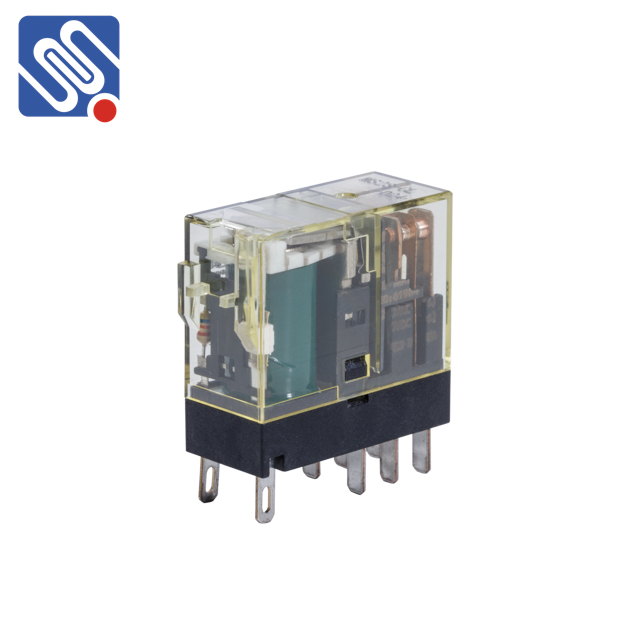relay type selection: a comprehensive guide to choosing the right relay for your application
Release time:2025-06-27 12:17:19
When it comes to designing electrical systems and circuits, one of the critical components that require careful consideration is the relay. Relays are electromechanical devices that act as switches, allowing low-power signals to control higher-power circuits. Choosing the right relay type is essential to ensure the efficiency, reliability, and longevity of your system. In this article, we will explore the factors to consider when selecting a relay type and provide insights into different types of relays and their applications.

Understanding Relays
A relay is a device that uses an electromagnet to open or close one or more contacts in a circuit. It allows electrical signals to control larger currents or voltages, making them essential in various applications, from industrial machinery to automotive systems. Relays are commonly used for switching, protecting, and isolating circuits.
The primary function of a relay is to control the flow of electricity by opening and closing a set of contacts. When a low-voltage control signal is applied to the relay’s coil, it generates a magnetic field that either attracts or repels a contact, depending on the relay type. This action completes or interrupts the circuit on the other side of the relay, enabling or disabling the flow of current.

